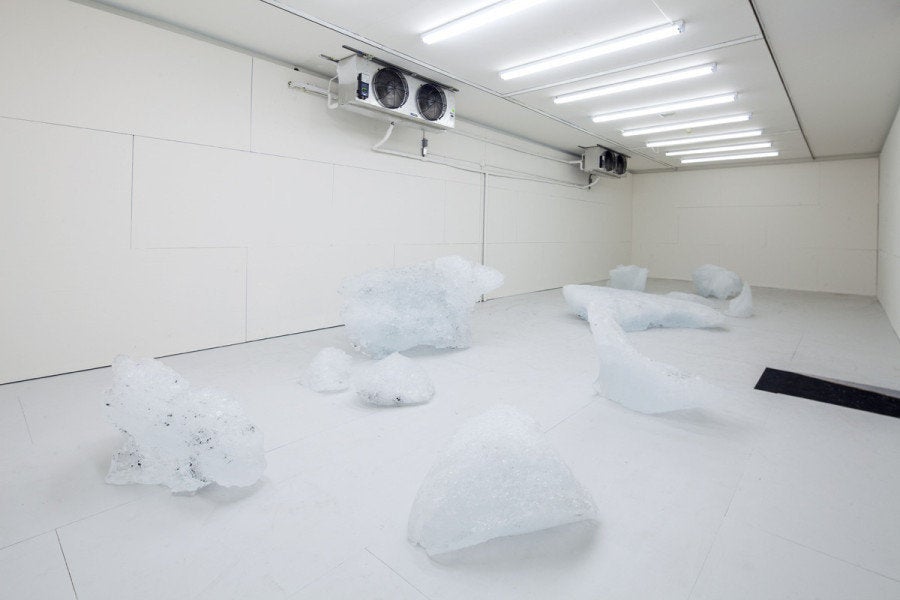According to his online biography, artist Brandon Seidler grew up in a part of New Jersey "where the ocean and the mountains met," a place that taught him to see the beauty in imperfections. These days, those early imperfections take center stage in Seidler's career as a photographer. His hallucinatory series, "Impure," features landscapes that appear to be ripped straight from a vintage science-fiction film, with colors and shapes blending in ways both creepily familiar and altogether alien.
But sci-fi they are not. Seidler captures real places, mostly lands in and around New Jersey and the Hudson River, that have been historically contaminated by various chemical pollutants. He then takes his photographic negatives and soaks them in the very same chemicals found to be befouling the bodies of water and land he's documenting. The results attempt to reveal the tainted realities of America's natural havens.
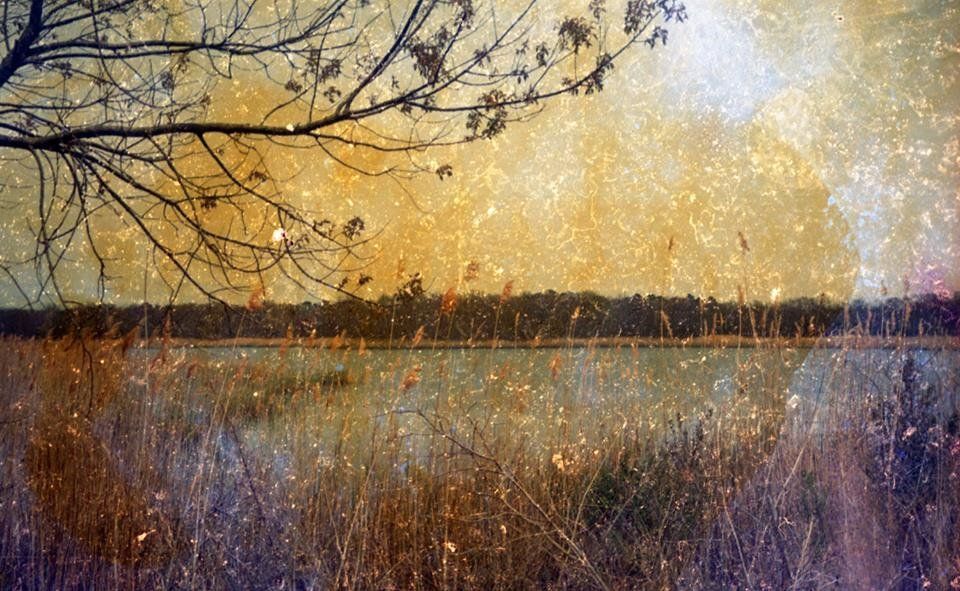
"I started this project my senior year at Ramapo College of New Jersey," Seidler explained to The Huffington Post. "Originally I was just taking pictures and finding ways to alter the camera or film with chemicals. After a few critiques I decided that I needed to add something to my images to help give them meaning, and that’s when I decided to research chemical spills in the area and pair those chemicals with the film negatives."
Even prior to college, Seidler had become interested in chemistry and the various environmental issues plaguing his home state, inspired by his marine biologist sister and chemical engineer grandfather. "Impure" proved to be a good way to blend these interests with art, allowing the photographer to embark upon an impassioned process of trial and error. After snapping photos of mountains and oceans, using at first disposable cameras and then a Nikon F100, he would introduce chemicals from those sites into his negatives in a variety of ways -- mixing, spraying, submerging, painting -- never really knowing how they would interact.

"At first I would submerge the negatives into the chemicals," he elaborated. "I later tried spraying chemicals onto the negatives, painting the chemicals on, and mixing the chemicals with the film in a sealed container so that the chemicals become bubbly and frothy." Aesthetically, he was looking for asymmetry, unique pairings and loud colors.
"I find that the images I gravitate towards the most are loud and vibrant," he added. "I like colors that grab your eye and stand out from the environment. I like how unpredictable the end results look, and love when lots of contrasting colors are left on the negatives creating some fun combinations. I also love the images that stand out with broken symmetry ... For me, it’s all about mismatched sides and unpredictable images so that every part of the image is new and unexpected."
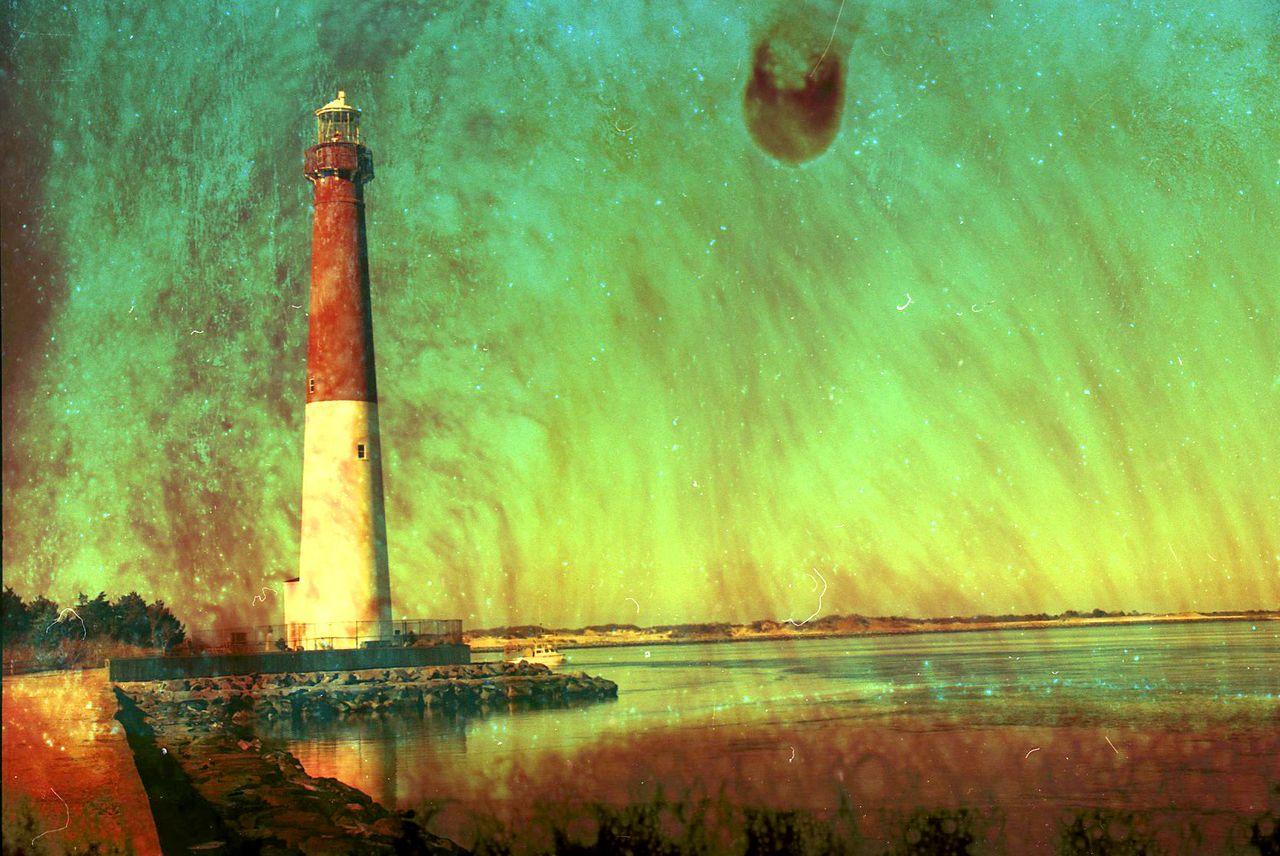
But in a broader sense, beyond the visuals, he hoped those viewing his images would ask themselves: "If these are the effects the chemicals have on film, what are the effects it will have on nature?"
According to EPA research from 2014, there were 1,770 instances where contaminants had tainted waters across the state of New Jersey, with PCBs, arsenic, phosphorus and low dissolved oxygen ranking among the most common pollutants. And while we might not always be able to physically assess the damage that manmade toxins are wreaking on our shores -- save for the dark contamination of a massive oil spill -- Seidler's photos help us visualize the ways events like fertilizer runoff and chemical spillage are infiltrating natural spaces. Slowly and gradually, but ever impactful.
Seidler has been using social media to gauge the impact of his own photographs, eventually turning to Kickstarter with hopes of turning his most "liked" images into a book chock full of research and art. "I also have another project in mind," he told us, "where I would like to move from landscapes to portraits, and interview subjects to find out what kinds of products they use on a daily basis. I think it would be fun to explore the chemicals we put on our bodies on a daily basis."
For more on Seidler's work, head over to his Facebook and Instagram accounts, or check out a preview of "Impure" below.
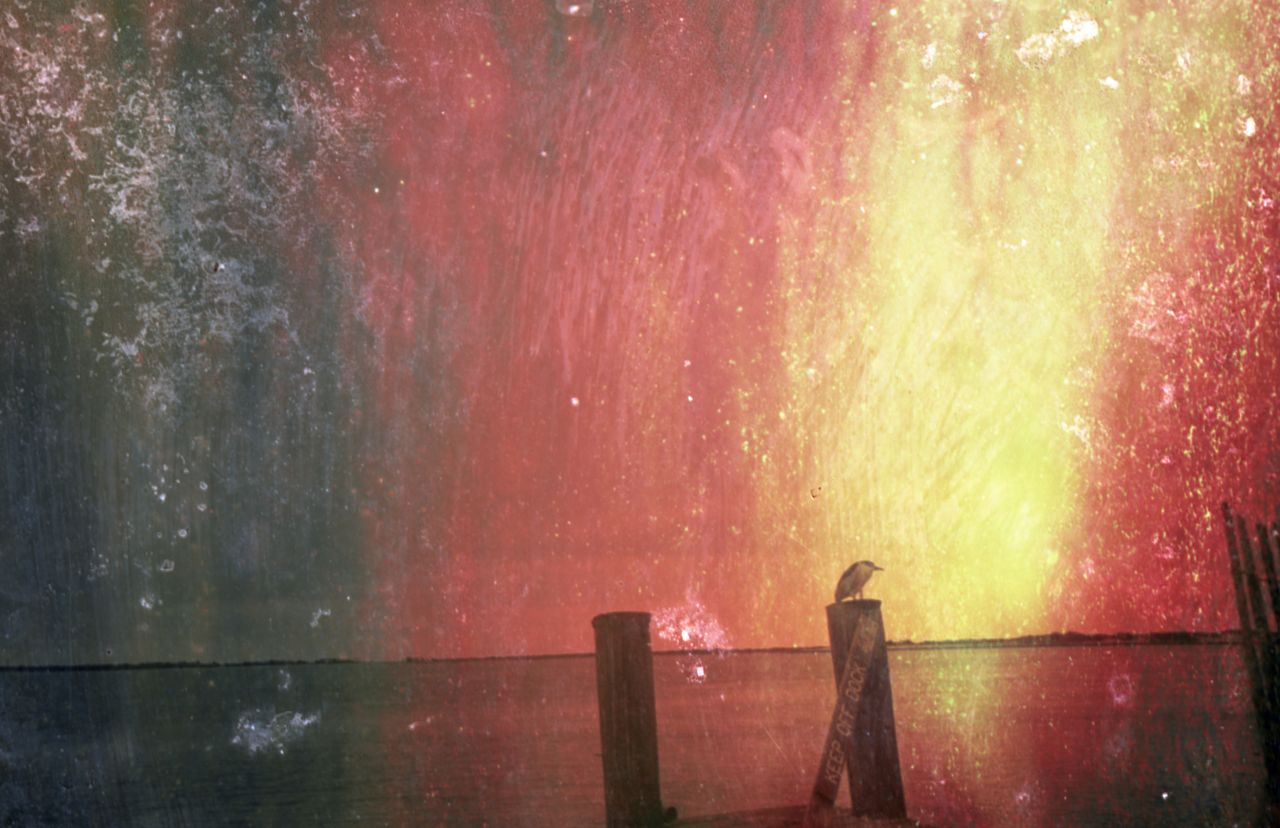
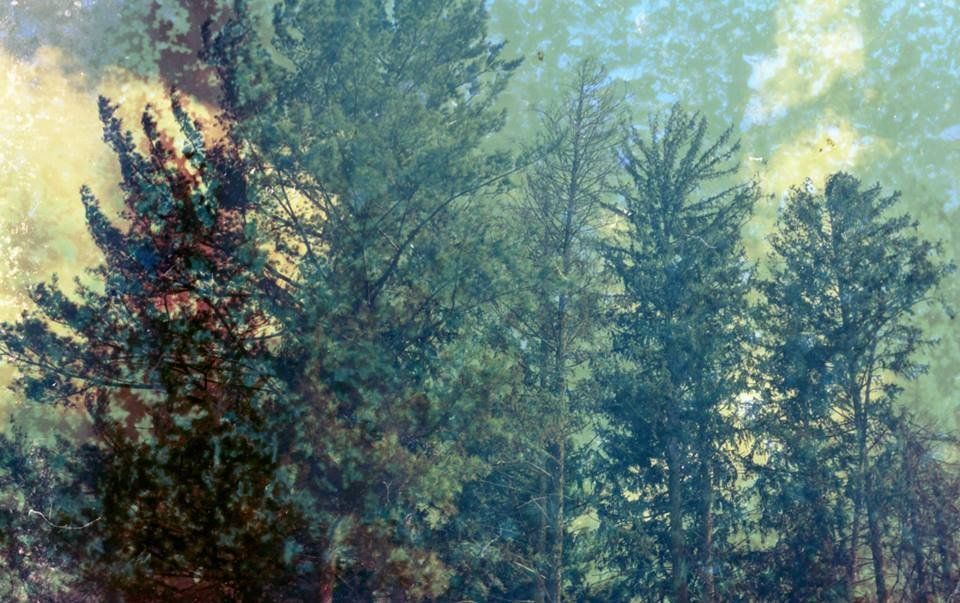
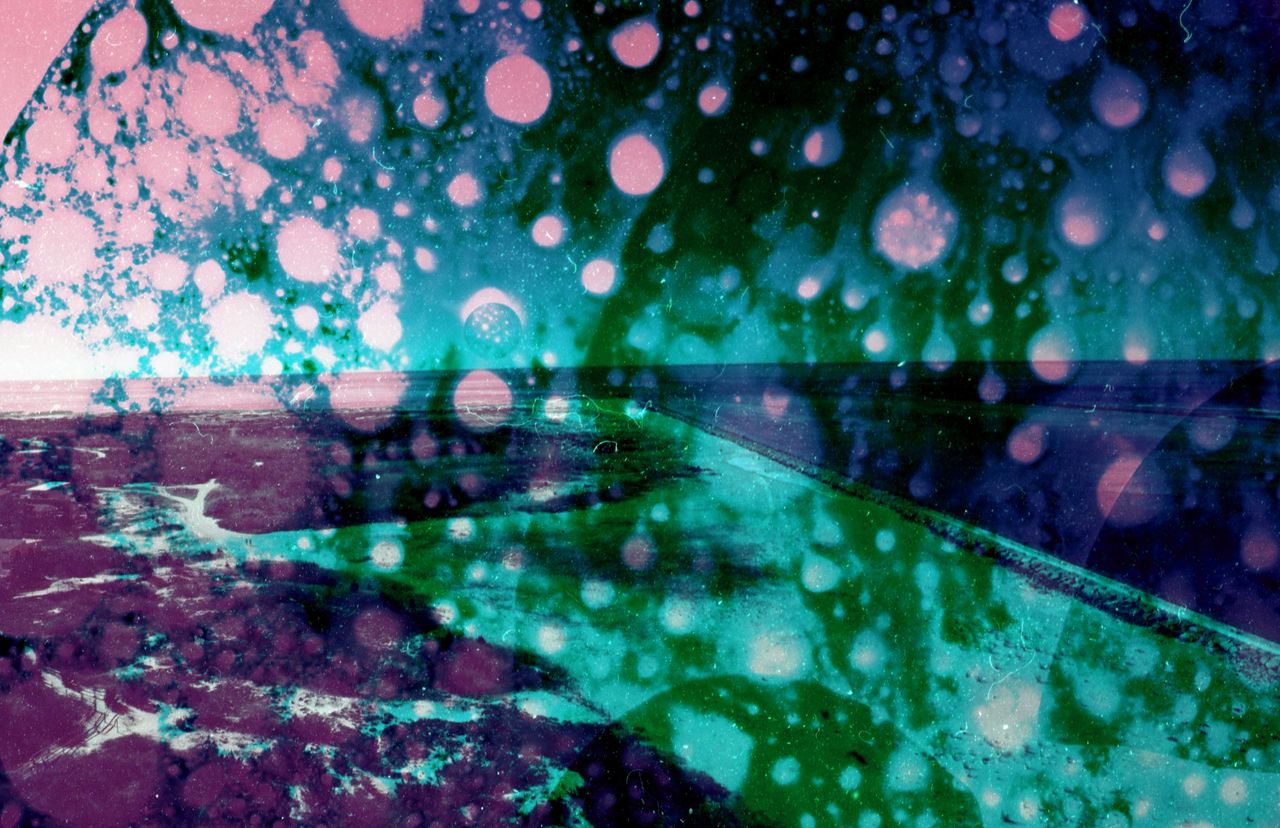
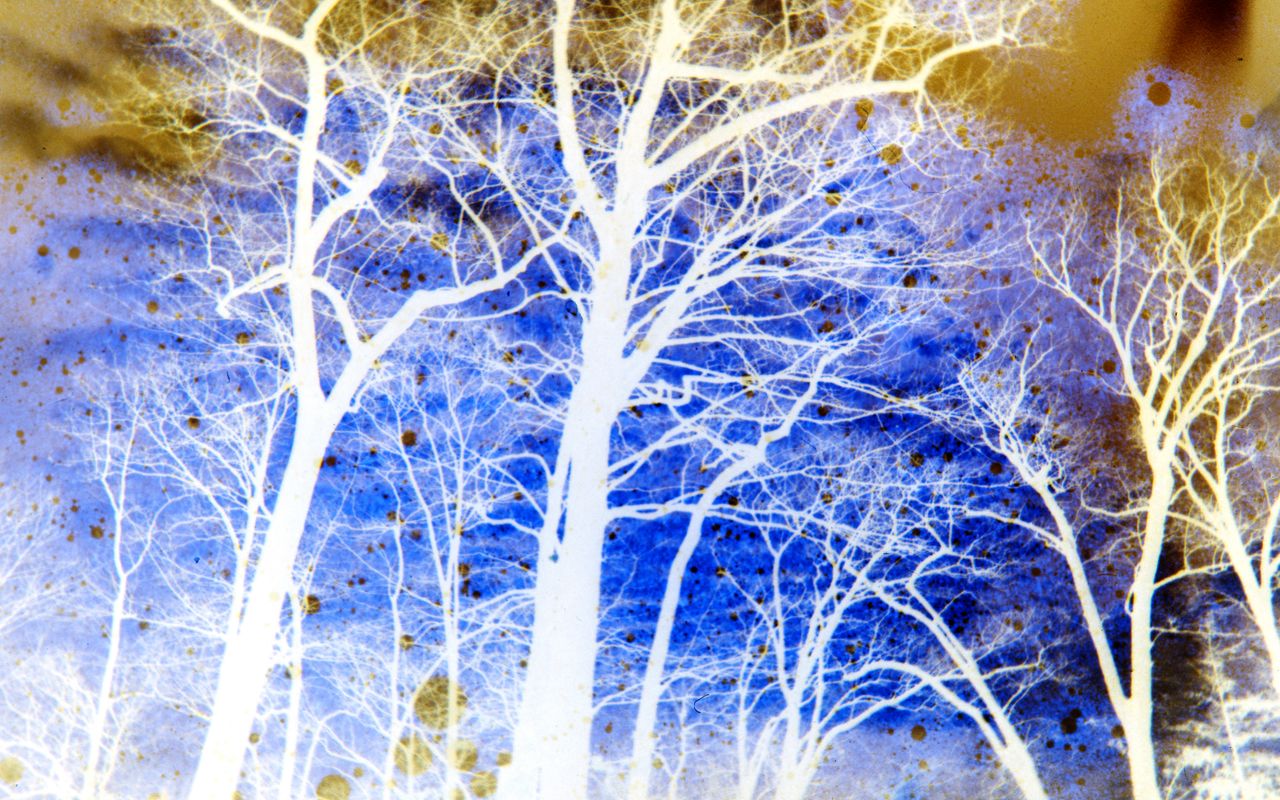
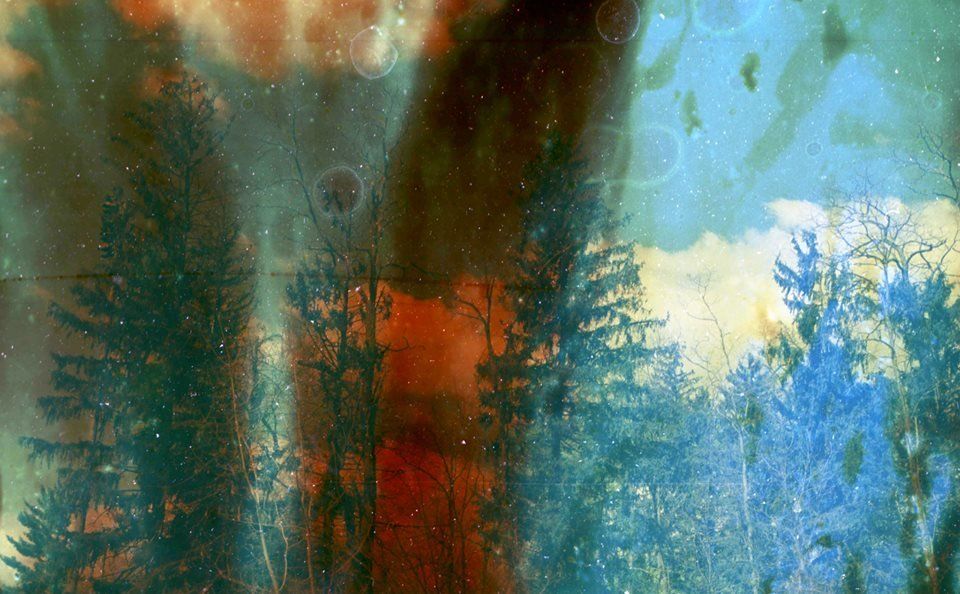
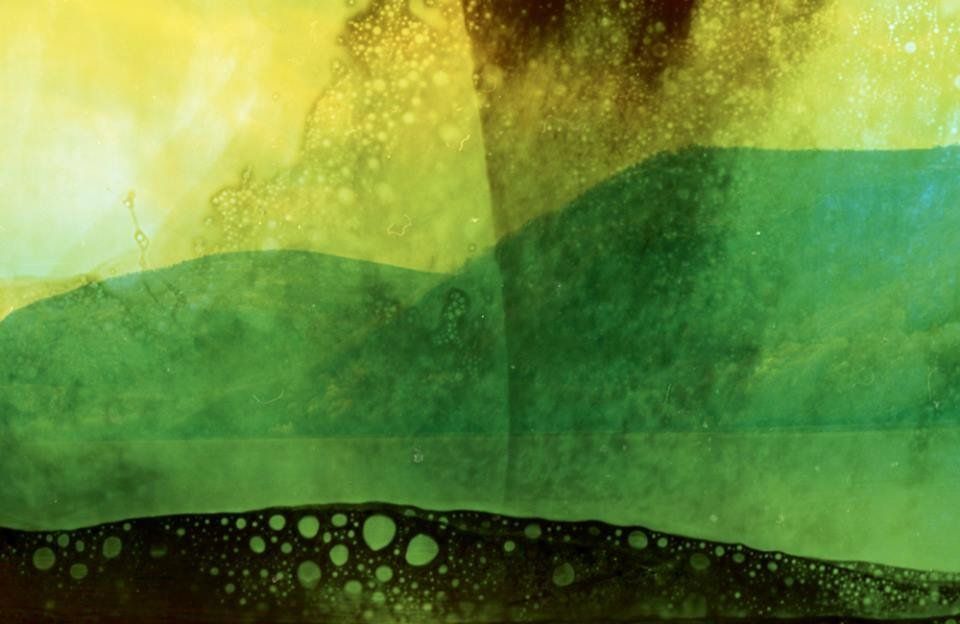
Also on HuffPost:

